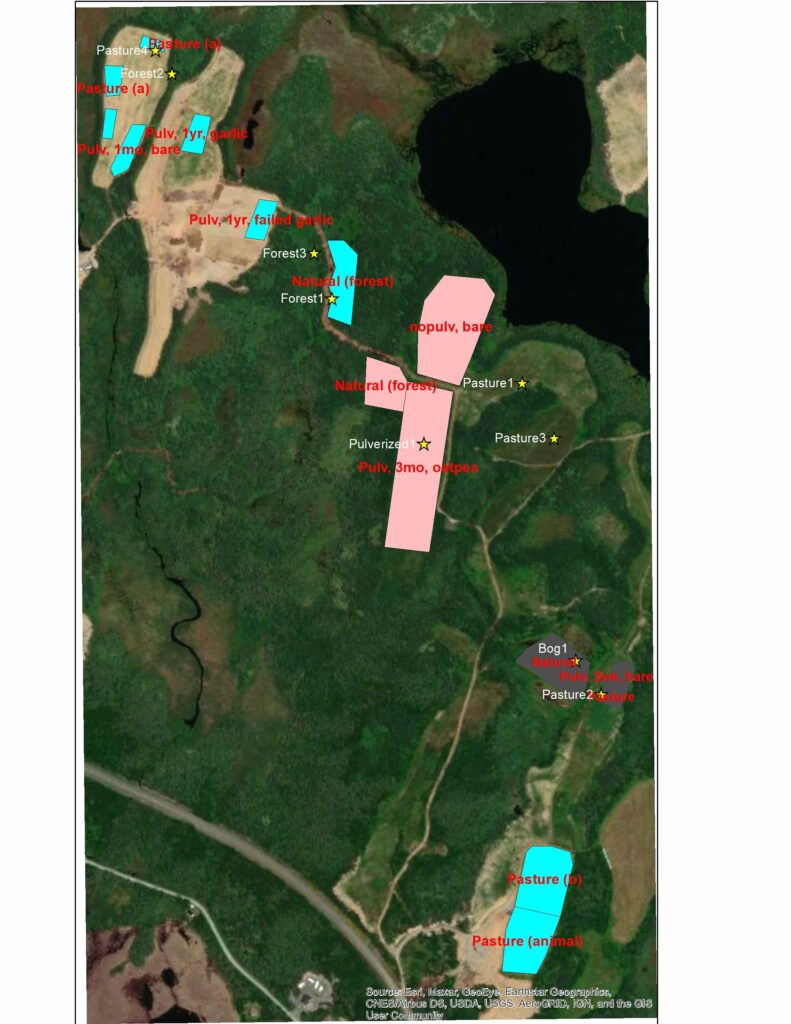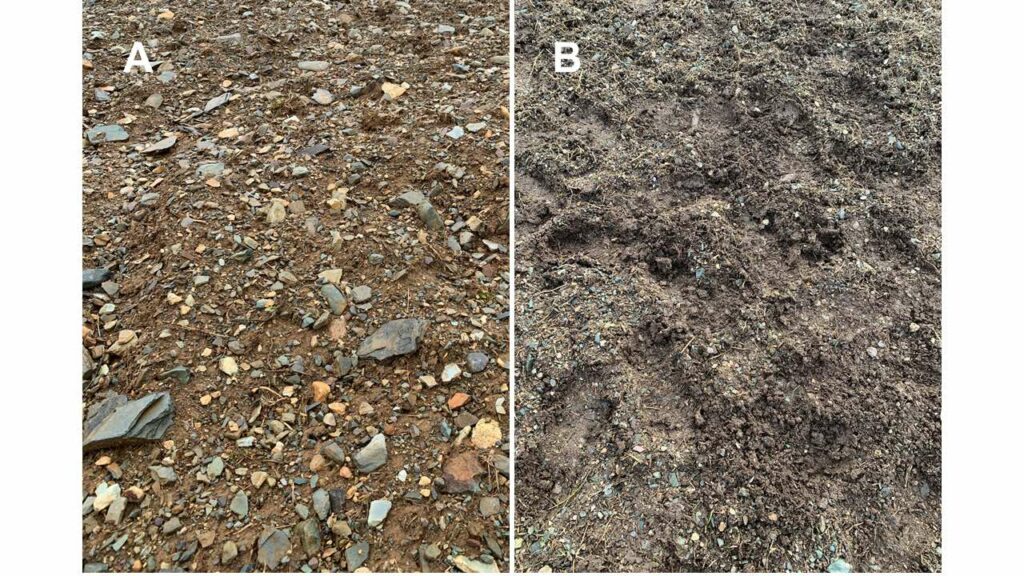A fast online search for information leads to numerous non-scientific articles that tout rock and rock dust as effective soil amendments for improving soil quality, enhancing its carbon storage capacity, and acting as both source of nutrients and mitigating need for fertiliser. On the other hand, the term “rock” encompasses a wide range of materials, from alkaline limestone, to volcanic tuff, to acid basalts. The effect of these amendments on soil is also disputed, with a critical need to understand not only the rock but also the context under which a certain crushed rock material can have a desired effect. Consequently, while some reports indicate its utility, especially in controlling toxicants and heavy metals, others suggest that it is not beneficial to soil fertility. An observation relevant to Newfoundland, however, is that for acid soils, rock dust might be likely effective in improving soil nutrient availability and thus plant yield, but given the wide range of options, there is not yet a structured research approach to these practices that translates data into farmer practice.


Summary and results
Northern agricultural soils often have rocky conditions that impede farm operations. To facilitate better tillage, large rocks may be pulverized by a rock crusher attached to a tractor. Rock dust remaining after pulverization is mixed into the soil, and the combined impacts of pulverization disturbance and rock dust incorporation may enrich or change soil physical, chemical, and biological properties. It was hypothesised that rock pulverization would alter abiotic soil properties through increased acidity and nutrient concentrations. Measurements of soil respiration (caused by metabolism of microbes and other organisms) and the feeding habits of soil nematode communities may be used as biotic indicators of how well a soil is functioning. It was expected that changes in soil properties from pulverization and mixing of soil would increase activity of microbes responsible for soil respiration alongside nematodes that eat those microbes.
Our study found no major differences from pulverization with soil properties, soil respiration, or feeding types of nematodes, indicating that rock pulverization in northern soils has value primarily in terms of soil workability rather than improved enrichment or soil functioning.
Aside from pulverization, we found that the differences between natural and agricultural sites were far greater and significant compared to the mostly insignificant differences between pulverized and non-pulverized agricultural soils.
Variation in soil abiotic properties, particularly acidity, quantity of organic material, and nutrient concentration were essential drivers of soil functioning as indicated by soil respiration and feeding habits of soil nematode communities.
Collaborators: Smiling Land Farm




